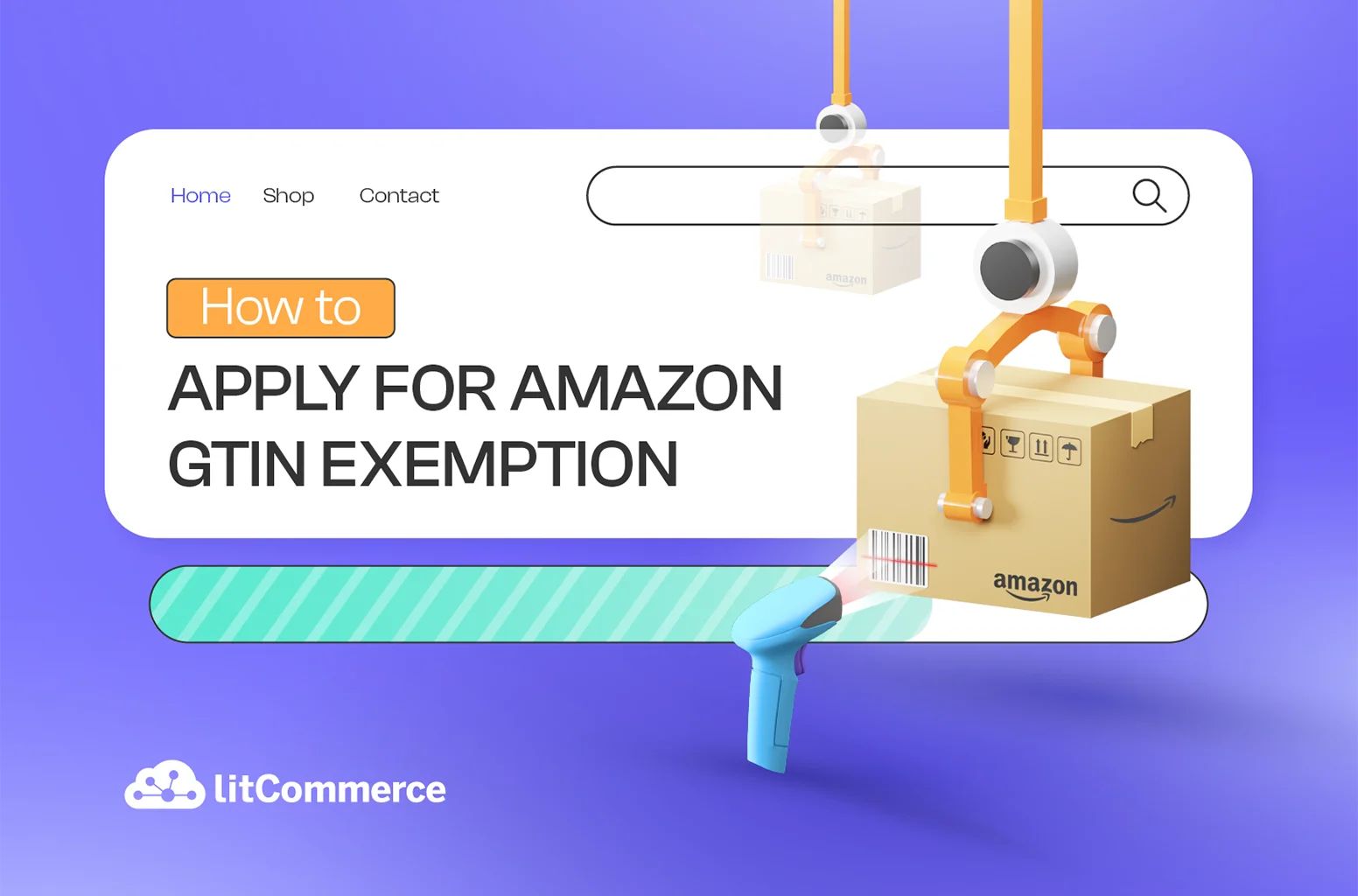When listing products on Amazon, you typically need to provide the product barcodes such as GTIN, UPC, EAN, etc. However, if you sell handmade or private-label products, Amazon GTIN exemption offers you an opportunity to sell on the platform without the above barcodes.
Acquiring GTINs is time-consuming, especially for new sellers unfamiliar with the process. This post will cover what is Amazon GTIN Exemption and how you can apply for it, with the 5 steps below:
- Step 1: Select List your first product
- Step 2: Select a product type
- Step 3: Add your brand name and select I don’t have a product ID
- Step 4: Submit documents for your brand approval
- Step 5: View your selling applications for Amazon GTIN exemption
Join us as we uncover the GTIN meaning and detailed step-by-step to apply for Amazon GTIN exemption.
Understand Amazon GTIN Exemption
So first, let’s discover what GTIN is, what GTIN exemption is, and who is eligible for GTIN exemption.
What is the GTIN number?
The Global Trade Item Number (GTIN) is a distinct numerical sequence that serves as a product identifier and is represented by a barcode. It is important to note that the Amazon GTIN is not the actual barcode itself but rather a unique number assigned to a specific product.
These identification codes enable effective inventory management and ensure the uniqueness of each item. Properly organizing and labeling products with the appropriate GTIN helps retailers avoid catalog mix-ups and data conflicts, among other issues. GTIN Exemption is one of the steps in our how to list products on Amazon guide.
Selling on Amazon, you either need the GTIN or some other forms of barcodes, such as:
- UPC (Universal Product Code): A 12-digit numerical GTIN primarily used in Canada and the United States. It is the most widely recognized barcode type globally and can be found on virtually every physical product in stores. To list products on Amazon, you’ll need to buy a UPC, which can be purchased from GS1.
- ISBN (International Standard Book Number): This GTIN is specifically designed for books and consists of either 10 or 13 digits, depending on the publication date.
- EAN (European Article Number): The European market uses this code as a GTIN variant.
- JAN (Japanese Article Number): This is a specific form of product identification used exclusively for items intended for the Japanese marketplace.
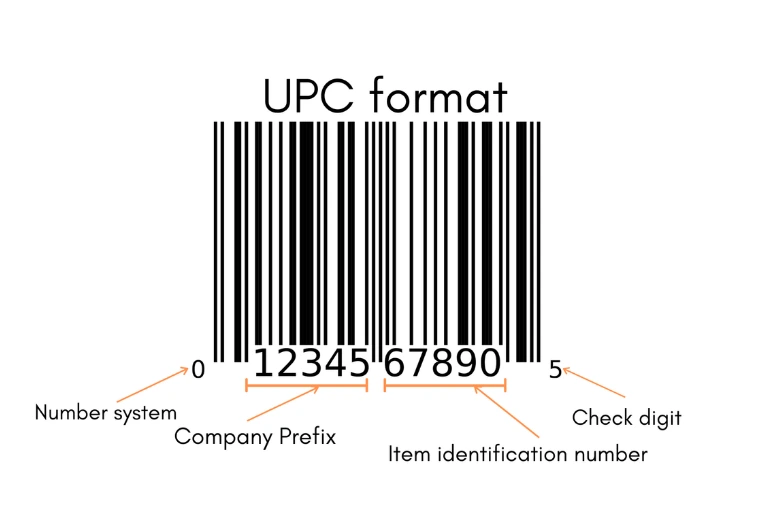
What is Amazon GTIN exemption?
Amazon GTIN exemption refers to the options Amazon provides to sellers, allowing them to list products without GTIN barcodes. The purpose of GTIN exemption is to accommodate products that do not have a GTIN assigned. It enables sellers to list a broader range of items on Amazon and facilitates access to the marketplace for those who face challenges in obtaining GTINs.
Applying for Amazon exemption, you might sell your items under a generic no-brand name category. Otherwise, if you want to sell your products under your own brand name, you will need to apply for a brand approval form.
Who can apply for GTIN exemption?
To determine if you are eligible for Amazon GTIN exemption, you must meet specific criteria that govern the listing of products without a valid GTIN. Here are some of the eligibility criteria:
- Handmade Items: You are selling one-of-a-kind items or items in small batches that do not have a pre-assigned GTIN from a manufacturer or distributor.
- Private label Items: These are products developed and sold by a seller under their own brand name, but they might not have obtained a GTIN yet, especially for new brands or limited-edition items.
- Product parts: You are selling individual product parts that do not possess a GTIN. This can include items like automotive parts or mobile accessories.
- Bundled pack: You plan to sell a pack that contains more than one product bundled together. Examples include a bundled pack containing shampoo and conditioner or a pack comprising two shirts.
Remember to review Amazon’s guidelines and policies specific to your product categories for complete clarity on the Amazon seller GTIN exemption eligibility criteria. By meeting these criteria, you can take advantage of Amazon GTIN exemption and successfully list your products on Amazon without a GTIN.
How to Apply for GTIN Exemption on Amazon?
In 2023, you actually can search for the Amazon GTIN exemption from the search bar on your Amazon Seller Central. However, in July 2024, the page for applying for GTIN application is not available anymore. But don’t worry, I will show how right below.
Step 1: Select List your first product
First, after signing into your Amazon seller account, choose List your first product.
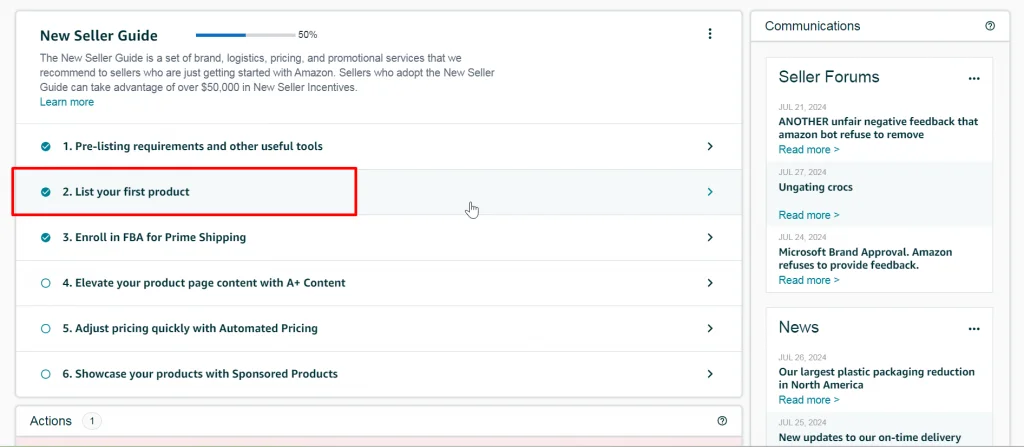
Then, follow the prompts and select Create a new listing.
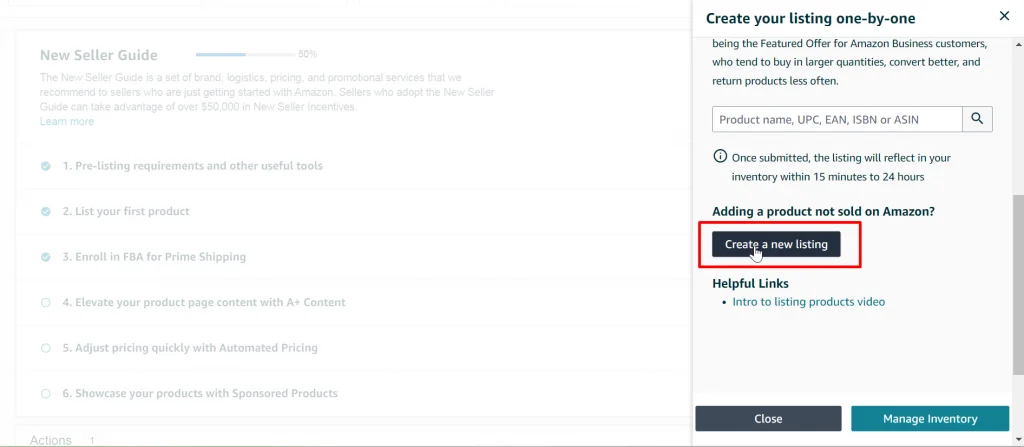
Step 2: Select your product type
Next on how to apply for Amazon GTIN exemption, choose a product type. Here you can search for a product category. Otherwise, browse to select the right category for your product.
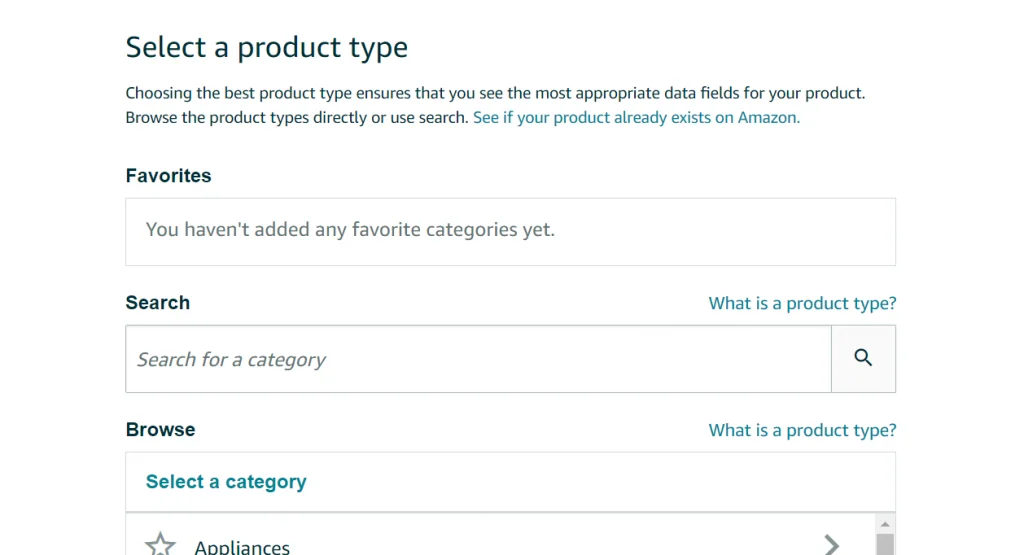
Step 3: Fill in your brand name and your product ID
After selecting your product category, you will head to a listing-creating page.
For the brand name, you have 2 options: Select “This product does not have a brand name” or Add your own brand name. As for External Product ID, which is your product GTIN, UPC, or UPC, since we are applying for GTIN exemption, tick on I don’t have a Product ID.
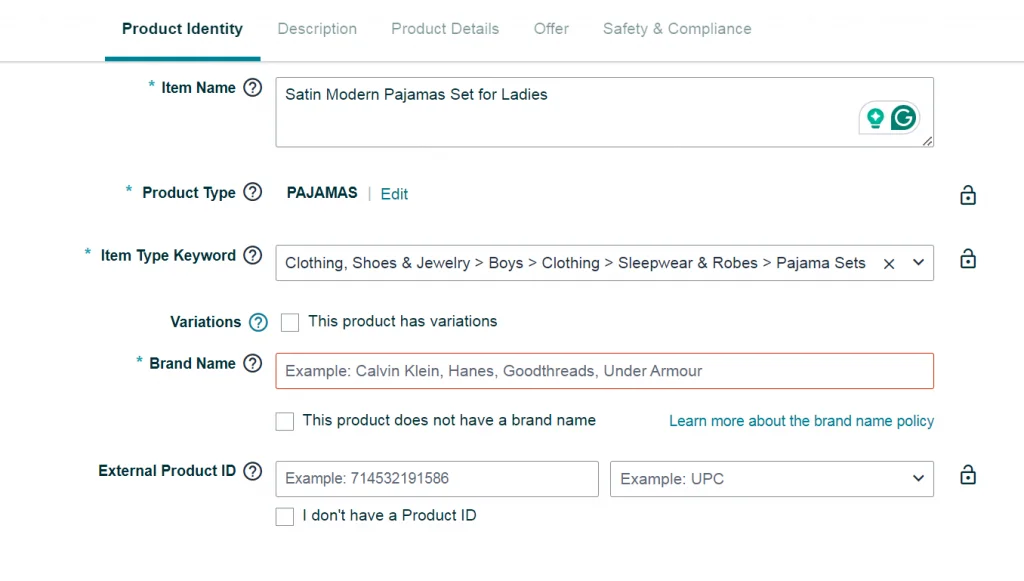
In the Brand Name fill, if you choose This product does not have a brand name, your brand name will be automatically Generic. After you click Next, you will receive a notification from your Amazon for your request, which says “UPC Exemption Approved”, also known as GTIN Exemption approved.
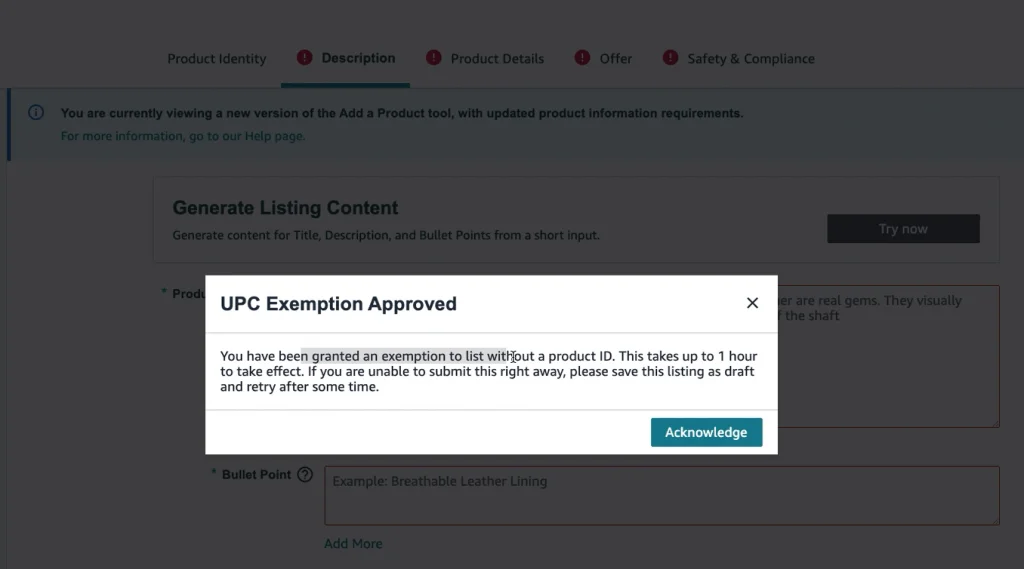
However, if you add your brand name, you will need to fill in a brand approval form.
Step 4: Submit documents for your brand approval
To get the approval for Amazon exemption, there is an Amazon document submission required. Here are the details you need to provide:
- Brand name: Ensure that the brand name you enter matches the name printed on the product you want to list. Consistency in brand names is crucial for accurate identification.
- Authentic images: Prepare authentic images of the product, such as pictures of the product being held in hand or placed on a table. These images should clearly display the product and its branding.
- Branding on packaging or product: Verify that the branding is affixed to the packaging or product itself. This helps establish the association between the brand and the item you want to list.
- Products: Confirm that the products do not have GS1-approved barcodes. GTIN Exemption is sought for products without existing barcodes, so ensure your items meet this requirement.
- Category name: Provide the specific category name corresponding to the product type you wish to list. This ensures accurate classification and facilitates the GTIN Exemption process.
Having these details readily available when applying for Amazon GTIN exemption will help streamline the process and prevent any potential delays. Ensuring the accuracy and authenticity of the information provided can increase the chances of a successful application. And remember that once you apply for GTIN exemption for a brand, you won’t need to reapply for new products under the same brand.
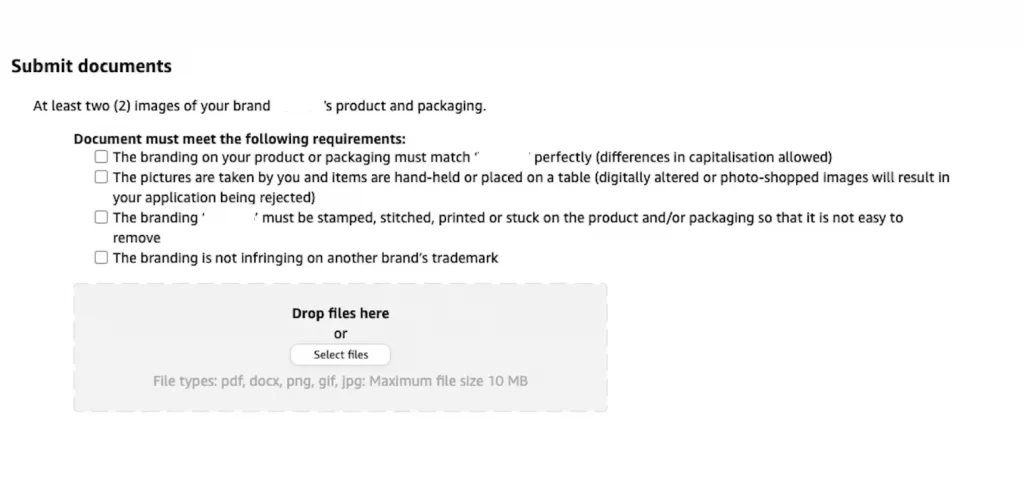
Step 5: Track your selling applications for GTIN exemption
Once finishing submitting the request and wait for Amazon’s response. From there, the review process typically takes a few hours but may take up to 48 hours. You can track the status of your request from the Menu. Click on Catalog, then View Selling Applications. Or, once Amazon completes the review, you will receive an email notification indicating whether your request has been approved or denied.
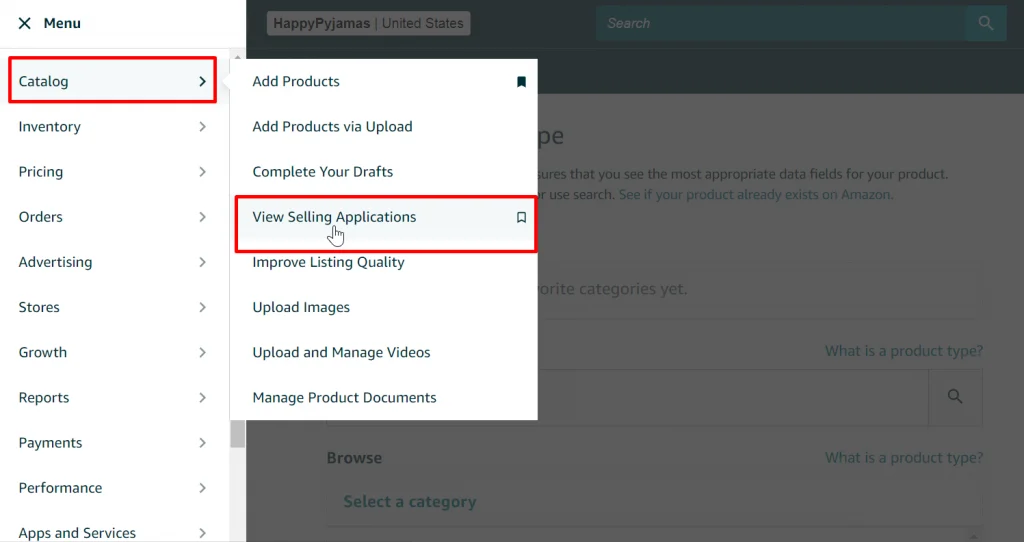
Common Challenges and Tips of Amazon Exemption
Applying for Amazon GTIN exemption can come with its own set of challenges. Here are some common challenges you may encounter and tips to navigate the process successfully:
Limited documentation
One challenge is gathering the necessary documentation to support your GTIN exemption request. In this case, ensure that you have the required proof, such as images showing no UPC or brand name and supporting letters, if applicable. Moreover, be thorough in providing evidence to strengthen your case.
Tip: Take clear and comprehensive images that clearly demonstrate the absence of GTINs or brand names on your products. Ensure the images are of high quality and capture multiple angles.
Denial of a GTIN Exemption request
Your GTIN exemption request may be denied due to incomplete or inaccurate information or if it does not meet Amazon’s exemption criteria. This can be frustrating, but reviewing the reasons for the denial and making the necessary adjustments for a successful resubmission is essential.
Tip: Carefully read Amazon’s guidelines and requirements for GTIN exemption and ensure you address any deficiencies or omissions in your application.
Updating existing listings
When you have received GTIN exemption approval, updating existing listings with exemption information can be a time-consuming task. It’s important to ensure accurate and consistent information across all your product listings.
Tip: Use bulk editing tools Amazon Seller Central provides to update multiple listings efficiently. Double-check the information before saving changes to avoid any errors.
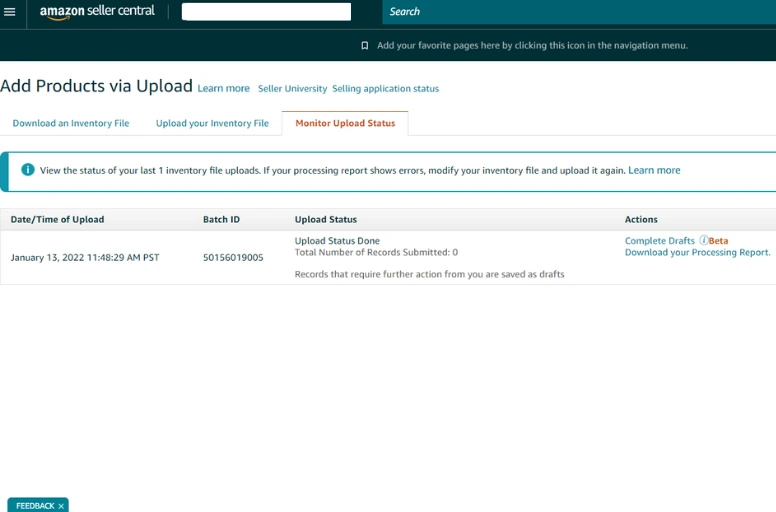
Monitoring product information
With GTIN-exempt products, accurate and detailed product information becomes crucial. Ensuring your listings have clear titles, descriptions, and relevant keywords is essential for customer understanding and optimization of search.
Tip: Regularly review and update your product information to maintain accuracy and relevance. Monitor customer questions and feedback to address any potential issues promptly.
Staying informed about policy changes
Amazon’s policies and guidelines regarding GTIN exemption may evolve over time. It’s important to stay updated and adapt your practices to avoid compliance issues.
Tip: Subscribe to Amazon’s seller newsletters and notifications to receive updates on policy changes. Engage in seller forums or communities to learn from other sellers’ experiences and stay informed about best practices.
By understanding these common challenges and implementing the provided tips, you can navigate the process of applying for GTIN exemption on Amazon more effectively and increase your chances of a successful outcome.
Best Practices for Managing GTIN-Exempt Products on Amazon
Suppose you’re managing GTIN-exempt products on Amazon. In that case, following best practices to ensure accurate product information, monitoring customer feedback, and staying updated with Amazon’s policies are essential. Here are some tips for managing your GTIN-exempt products effectively:
Ensuring accurate product information for GTIN-exempt items
- Use descriptive product titles and descriptions: Since a barcode does not identify GTIN-exempt products, it’s important to use descriptive titles and descriptions to help customers find your products.
- Include high-quality images: High-quality product images can help customers make informed purchasing decisions, especially when they can’t rely on a barcode to identify the product.
- Provide detailed product information: Provide detailed information about your product, including dimensions, materials, and any unique features.
- Use appropriate product categories: Select the appropriate product categories for your product to ensure it appears in relevant search results.
Monitoring customer feedback and product reviews
- Respond to customer feedback: Responding to customer feedback, both positive and negative, can help build customer trust and improve your product’s ranking on Amazon.
- Monitor reviews regularly: Regularly monitor your product reviews to identify customers’ issues or concerns and address them promptly.
- Encourage customer feedback: Encourage customers to leave feedback and reviews for your products, as this can help improve your product’s visibility and ranking on Amazon.
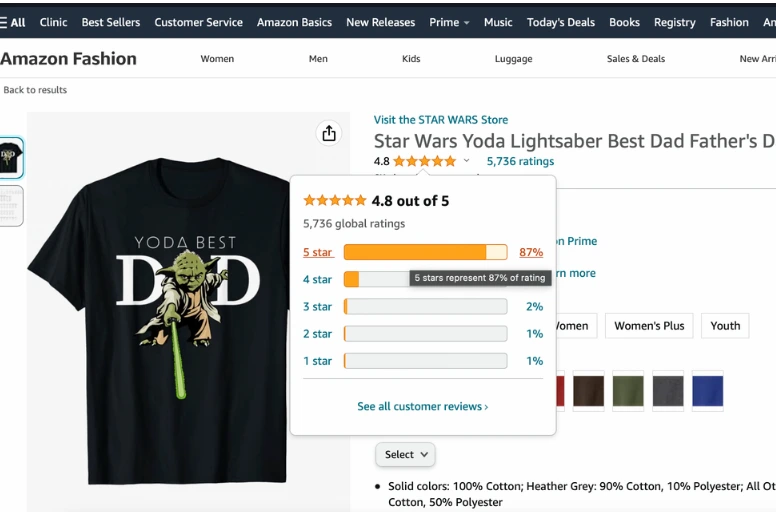
Staying updated with Amazon’s policies and guidelines
- Keep up-to-date with policy changes: Amazon’s policies and guidelines can change frequently, so stay informed of any updates that may affect your GTIN-exempt products.
- Consult Amazon’s Seller Central: Check Amazon’s Seller Central regularly for updates on policies and guidelines and resources, and tools to help manage your products.
- Contact Amazon’s Seller Support: If you have any questions or concerns about managing your GTIN-exempt products on Amazon, don’t hesitate to contact Amazon’s Seller Support for assistance.
FAQs About Amazon GTIN Exemption
- What is the role of GTINs on Amazon?
GTINs (Global Trade Item Numbers) serve as unique identifiers for products on Amazon. They play a crucial role in the following:
- Product identification
- Inventory management
- Listing accuracy
- Duplicate listings prevention
GTINs, such as UPCs, EANs, or ISBNs, help establish product authenticity and enable customers to search and compare items effectively.
- What happens if my GTIN exemption request is denied?
If your Amazon GTIN exemption request is denied, you will need to provide valid GTINs for your products to list them on Amazon. How to get GTIN number for Amazon? You can go to the GS1 website to buy one.
- Are there any alternatives to GTINs for product identification on Amazon?
Amazon offers alternative product identification options. Sellers can use SKU (Stock Keeping Unit) and FNSKU (Fulfillment Network Stock Keeping Unit) codes to track and identify their products within Amazon’s fulfillment network. However, it’s important to note that these alternatives may not be applicable in all cases and categories.
- How can I update my listing with GTIN exemption information?
To update your listing with GTIN exemption information:
- Access your Amazon Seller Central account and navigate to the inventory management section.
- Locate the specific product listing that requires the exemption information and edit the details accordingly.
- Provide the necessary information, such as the exemption reason, and save the changes to update your listing.
Conclusion
In short, the Amazon GTIN exemption offers a valuable opportunity for sellers to list products that do not have traditional GTINs. This exemption caters to sellers of unique, handmade, or private-label products, allowing them to bypass the requirement of a standard barcode. By leveraging the GTIN exemption, sellers can expand their product offerings, enhance their brand presence, and reach a broader audience on the Amazon marketplace.
If you have any questions, LitCommerce’s dedicated Customer Support team will assist you promptly. Furthermore, you can visit our Blog to access a wealth of relevant and expert-shared content. We sincerely hope you have a positive experience with us.

